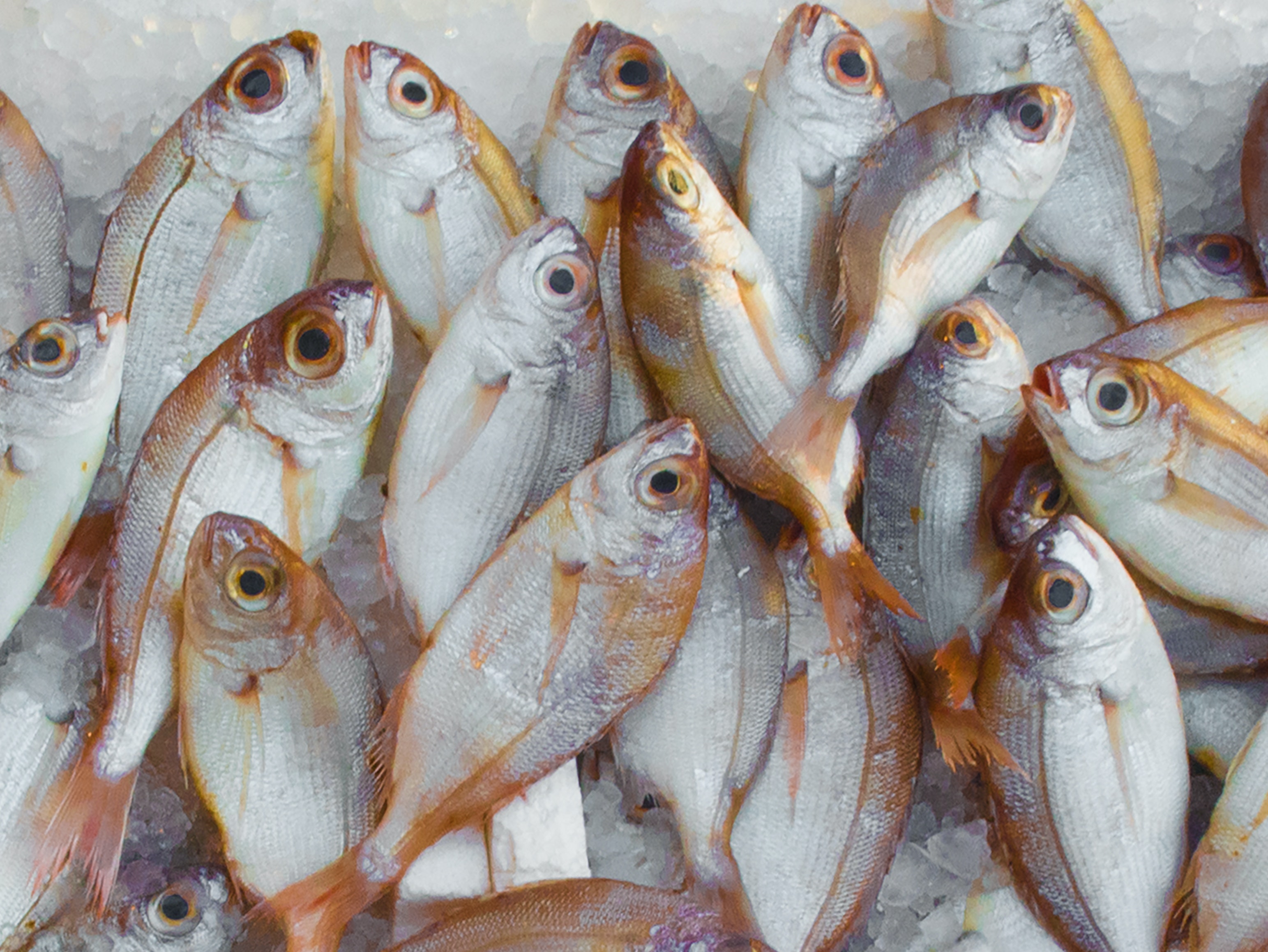

Website Design Copyright 2025 © 竹新化學股份有限公司 & 頂烽企業股份有限公司
All Rights Reserved. 網頁設計 by 覺醒設計

Water quality is considered the cornerstone of fish farming, and the principle of "caring for the water first, then caring for the fish" has become a consensus among aquaculturists.
The quality of water directly impacts the growth, health, and quality of fish. Therefore, water quality management is a key aspect in ensuring the success of aquaculture.
When we delve into the applications of calcium carbonate, we realize that its benefits in aquaculture go beyond water quality regulation.
It not only helps regulate water quality but also brings multiple advantages to aquaculture.
The use of calcium carbonate and lime stabilizes ammonia nitrogen levels in water, reducing harm to fish.
Simultaneously, it provides ample calcium, promoting healthy fish growth, robust bones, and scales, increasing resistance, and adsorbing harmful substances, creating a clearer and purer aquatic environment.
Calcium carbonate plays a multifaceted role in aquaculture, promoting fish reproduction, reducing disease risks, and enhancing the efficiency of fisheries.
Whether in freshwater or marine aquaculture, calcium carbonate and lime are indispensable tools, bringing sustainability and prosperity to the industry's future.
Recommended products:
Calcium Carbonate CS-402 / CS-502, Lime QL-911

Water quality regulation:
Calcium carbonate has the ability to regulate water quality, helping maintain appropriate pH levels and carbonate balance. This is crucial for fish growth and metabolism, creating a suitable living environment.
Ammonia nitrogen removal:
Fish metabolism produces ammonia nitrogen, which is harmful to fish health at high concentrations.
Calcium carbonate can facilitate the removal of ammonia nitrogen, reducing its concentration in water and minimizing harm to fish.
Water stability:
Calcium carbonate helps maintain water stability, reducing drastic changes in water quality.
This aids in reducing fish stress and adaptation periods, promoting healthy growth.
Suppression of harmful substances in water:
At times, calcium carbonate can adsorb and precipitate harmful substances in water, such as heavy metals and pollutants, reducing their impact on fish.
Enhancement of aquatic microorganisms:
Calcium carbonate can provide a substrate for the attachment of microorganisms, promoting the growth of beneficial aquatic microorganisms and contributing to environmental balance in aquaculture.
Disease prevention:
Aquaculture is often threatened by diseases, leading to production losses and fish health risks.
The antibacterial properties of calcium carbonate aid in preventing certain disease outbreaks, reducing disease risks in aquaculture and boosting yield and economic benefits.
Increase in mineral content:
Calcium carbonate contains ample calcium, providing the nutrition required by fish for bone and scale growth and development.
Substrate improvement:
The quality of pond or tank substrate affects fish growth and environmental health.
Adding calcium carbonate can enhance substrate structure, increase sediment aeration, reduce harmful gas release, and create a more suitable habitat for fish.
Sustainable development:
Calcium carbonate is a natural non-toxic material, and its use in aquaculture aligns with modern society's requirements for sustainability.
It can reduce environmental pollution, promote the sustainability of aquaculture, and provide high-quality aquatic products.
In conclusion, the contribution of calcium carbonate to aquaculture is significant. It helps maintain a healthy aquatic environment, promotes the healthy growth of fish, and reduces disease and environmental risks.
The multiple advantages of calcium carbonate make it an essential ally in aquaculture, playing a crucial role in the development of sustainable fisheries.
We use cookies to collect and analyze information on site performance and usage. By Clicking "Continue" or by clicking into any content on this site, you agree to allow cookies to be placed. To find out more, please visit our privacy policy。
CONTINUE GO TOP
GO TOP
